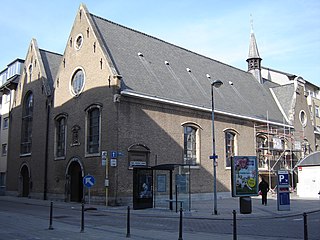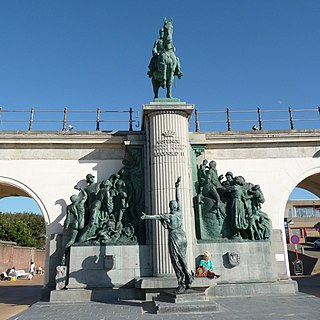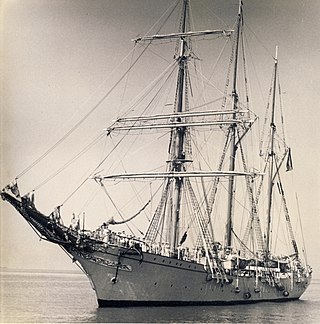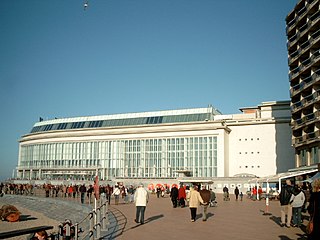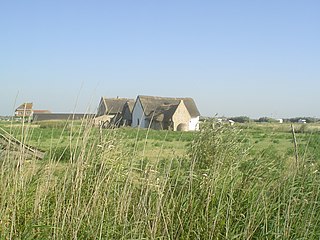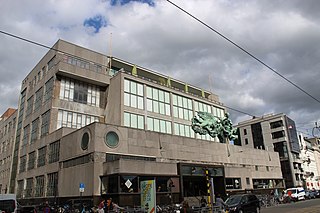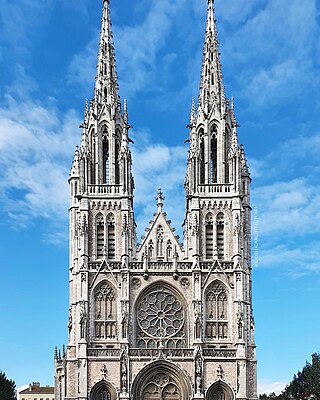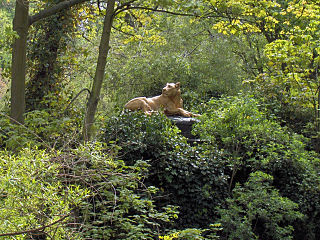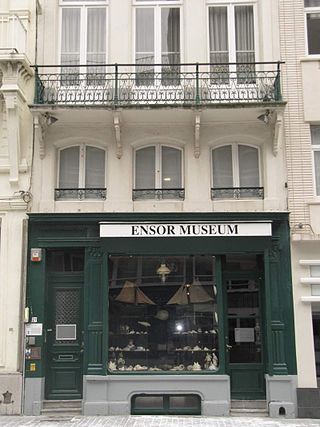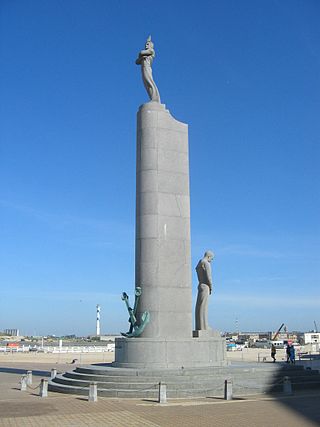14 Sights in Ostend, Belgium (with Map and Images)
Legend
Welcome to your journey through the most beautiful sights in Ostend, Belgium! Whether you want to discover the city's historical treasures or experience its modern highlights, you'll find everything your heart desires here. Be inspired by our selection and plan your unforgettable adventure in Ostend. Dive into the diversity of this fascinating city and discover everything it has to offer.
Sightseeing Tours in Ostend1. Kapucijnenkerk
The Kapucijnenkerk is a church in the center of the Belgian town of Ostend, on the Kapucijnenstraat, in the middle of the former skippers' quarter. The church, built in 1618, is the second oldest building in Ostend, after St. Peter's Tower. Originally, the building had one nave and was connected to a monastery. Later it was extended with a second nave. The monastery was sold in 1798 and demolished. The church was repeatedly severely damaged and repaired over the years. The Capuchin Church was classified as a protected monument on 23 June 1960.
2. Leopold II statue
The equestrian statue of Leopold II is a monument erected in Ostend, Belgium, in memory of King Leopold II, second King of the Belgians. It is located on the Royal Galleries by the beach. The king was commemorated here as a benefactor of Ostend and the Belgian Congo. The inauguration was on 19 July 1931.
3. Zeilschip Mercator
Mercator is a steel-hulled barquentine built in 1932 as a training ship for the Belgian merchant fleet. She was named after Gerardus Mercator (1512–1594), a Belgian cartographer. She was designed by G.L. Watson & Co. and built in Leith, Scotland and launched in 1932.
Wikipedia: Mercator (ship) (EN), Website, Website, Heritage Website
4. Onze-Lieve-Vrouw-ter-Duinenkerk
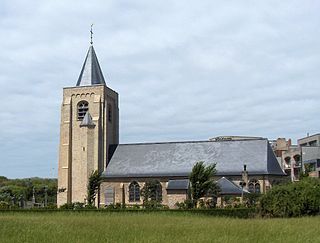
The Church of Our Lady of the Dunes is a church on the outskirts of Mariakerke, in the Belgian seaside resort of Ostend. The typical church, popularly known as the Duinenkerkje, is located in a protected dune and polder landscape. It has been through a lot in the course of its long history, was destroyed several times and rebuilt each time.
Wikipedia: Onze-Lieve-Vrouw-ter-Duinenkerk (Mariakerke) (NL), Heritage Website
5. Casino Kursaal
The Casino-Kursaal or the Kursaal Oostende is a Kursaal in the Belgian seaside resort of Ostend. It was built in 1950 and is built in white Portland stone, according to the plans of the architect Léon Stynen. It is located on the Zeedijk at the end of the Leopold-II-laan. In the colonnade are the bronze Four Elements by Oscar Jespers.
6. Museum Walraversijde - Bezoekerscentrum
Walraversijde is an abandoned medieval fishing village on the Belgian coast, near Ostend. It was rediscovered in 1992 in a dune area, near a medieval dyke. Archeological research showed that it had been occupied, in two phases, between 1200 and 1600. Walraversijde has been studied more thoroughly and more systematically than any other medieval fishing community in Europe. The village has been partially reconstructed and has a museum, Walraversijde Museum, dedicated to the site.
7. Cultuurcentrum De Grote Post
The Post Office of Ostend is the former post office building located at Hendrik Serruyslaan 18 in Ostend, designed by architect Gaston Eysselinck. It is a protected building that was given a new purpose as the Grote Post Cultural Centre.
8. Sint-Petrus-en-Pauluskerk
Sint-Petrus-en-Pauluskerk is a Roman Catholic church in Ostend, Belgium. The neo-Gothic building was constructed on the ashes of a previous church that occupied the site. King Leopold II enthusiastically supported a plan to build a new and more magnificent church. Construction started in 1899 and was completed and consecrated by Bishop Waffelaert on 31 August 1908. Its stained glass windows were destroyed during the two World Wars and were replaced by windows by Michiel Martens. The church is 70 metres (230 ft) long and 30 metres (98 ft) wide. Its spires are 72 metres (236 ft) high.
9. Leopoldpark
The Leopold Park in Ostend (Belgium) was designed by the garden architect Louis Fuchs (1818-1904) on the model of an English park, with bridges, walkways and flower beds. The park was partly laid out over the old city walls, but also partly outside them in military domain. It has an area of about five hectares.
10. Ensorhuis
The Ensor House is the house where James Ensor (1860-1949), together with his faithful servant August Van Yper, lived and worked from 1917 until his death. Ensor inherited the building from his uncle Leopold Haegheman and aunt Pauline Dewinter, who ran a shell and souvenir shop. The house is located in the Vlaanderenstraat in Ostend, in the extension of the Kapellestraat. Before that, Ensor had lived in the parental home on the corner of Vlaanderenstraat and Van Iseghemlaan.
11. Nationaal Monument voor de Zeelieden
The National Monument to the Sailors is a tribute to the fishermen, cabin boys, sailors and soldiers who lost their lives at sea. It is located on the Zeeheldenplein in Ostend in Belgium. The monument was designed according to an idea by Willy Kreitz and erected in 1953-1954 on the same site as the first Ostend lighthouse, which had long been in disuse by then. It has been protected as a monument since 26 May 2005 and as architectural heritage since 5 October 2009. Every year on Easter Monday, the fishing community pays tribute to the victims of the sea at this monument.
Wikipedia: Nationaal Monument voor de Zeelieden (NL), Heritage Website
12. Mu.ZEE
The Mu.ZEE is a museum in Ostend, Belgium, specializing in Belgian art from 1830 onwards. It was created in 2008 by the fusion of the former Provinciaal Museum voor Moderne Kunst and the Museum voor Schone Kunsten Oostende, both located in Ostend. The museum has two dependencies, the Ensorhuis in Ostend, and the Permekemuseum in Jabbeke. Mu.ZEE is an abbreviation of "Kunstmuseum aan Zee".
13. Shin Kai Tei
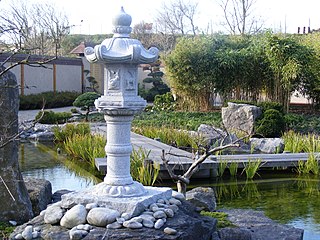
The Japanese Garden of Ostend or Shin Kai Tei is a park in the Belgian city of Ostend. The garden was designed by Japanese architect Takashi Sawano. It is named Shin Kai Tei, which means Deep Sea Garden in Japanese. It was opened in 2001 by Prince Philippe of Belgium.
14. Oude watertoren
The water tower on the Mercatorlaan in Ostend was completed in 1900 to replace the collapsed tower in the Maria-Hendrika park. In 1961 the tower was replaced by the new water tower on Populierendreef.
Share
Disclaimer Please be aware of your surroundings and do not enter private property. We are not liable for any damages that occur during the tours.
